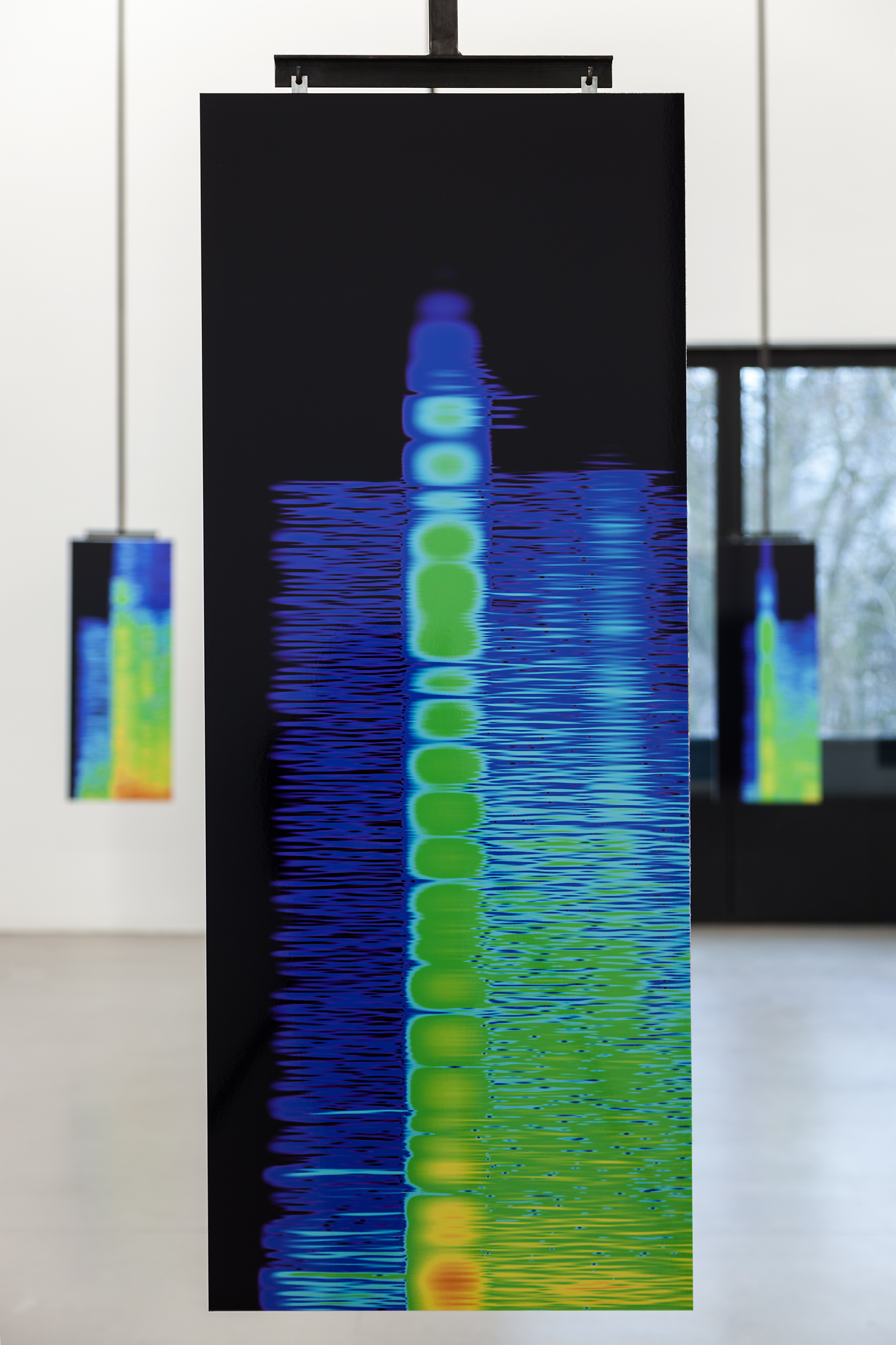Press
Resource Center

The Museum Folkwang in Essen, Germany, announced today that Lawrence Abu Hamdan has won its 2016 Nam June Paik Award. Given to an artist working with the digital media, the prize comes with €25,000, or about $27,000.
Abu Hamdan won for his installation earshot, which was on view earlier this year at Portikus in Frankfurt. That work, like many others by the Beirut-based artist, considers the way that sound can be political. Abu Hamdan chose to focus on the shooting of teenagers by Israeli soldiers in the West Bank. After he and Defence for Children International investigated the deaths, they found that the soldiers tried to cover up the killings, and even attempted to mask their sound with the noise of rubber bullets. Abu Hamdan then showed the sound analysis of the shootings and exhibited a video that was entirely silent.
source :
http://www.artnews.com/2016/10/27/lawrence-abu-hamdan-wins-the-2016-nam-june-paik-award/
Earshot (2016) is an installation by Lawrence Abu Hamdan (b. 1985 Amman/Beirut), consisting of a video work Rubber Coated Steel and a series of prints of audio-ballistic analysis of recorded gunshots fired by Israeli solders in the occupied West Bank of Palestine. The installation departs from a murder case that began in 2014 when the artist was asked to analyze audio files that recorded the shots that killed Nadeem Nawara and Mohammad Mahmoud Odeh Abu Daher. His audio investigation, which proved that the boys were shot by real bullets and not rubber ones, became the center of a murder investigation that went through the military courts and international news networks to the US Congress, where it was used to argue that the Israelis had breached the US-Israeli arms agreement. With Earshot, the artist holds his own tribunal for these killing sounds, yet the installation does not preside over the voices of the victims but seeks to amplify their silence, questioning the ways in which rights are being heard today and the aesthetic conventions of evidence itself.